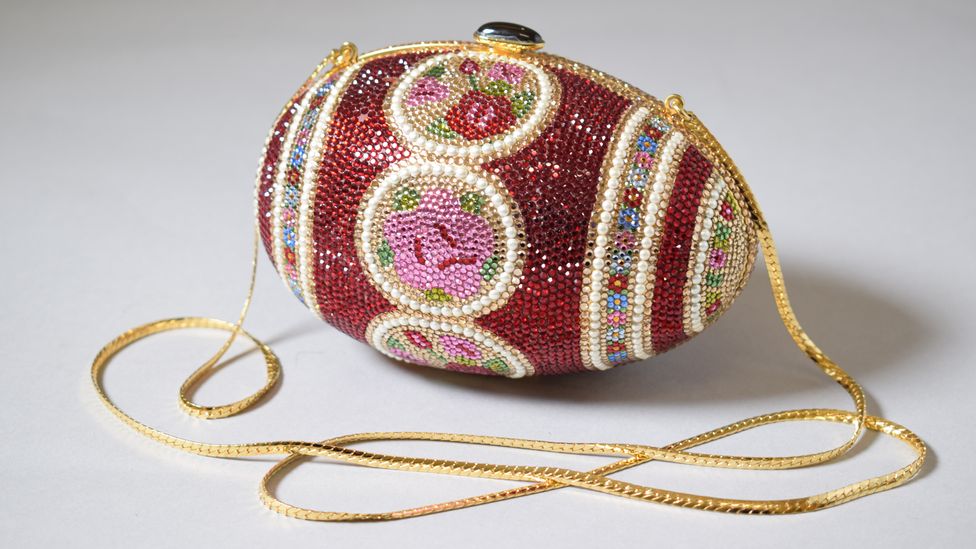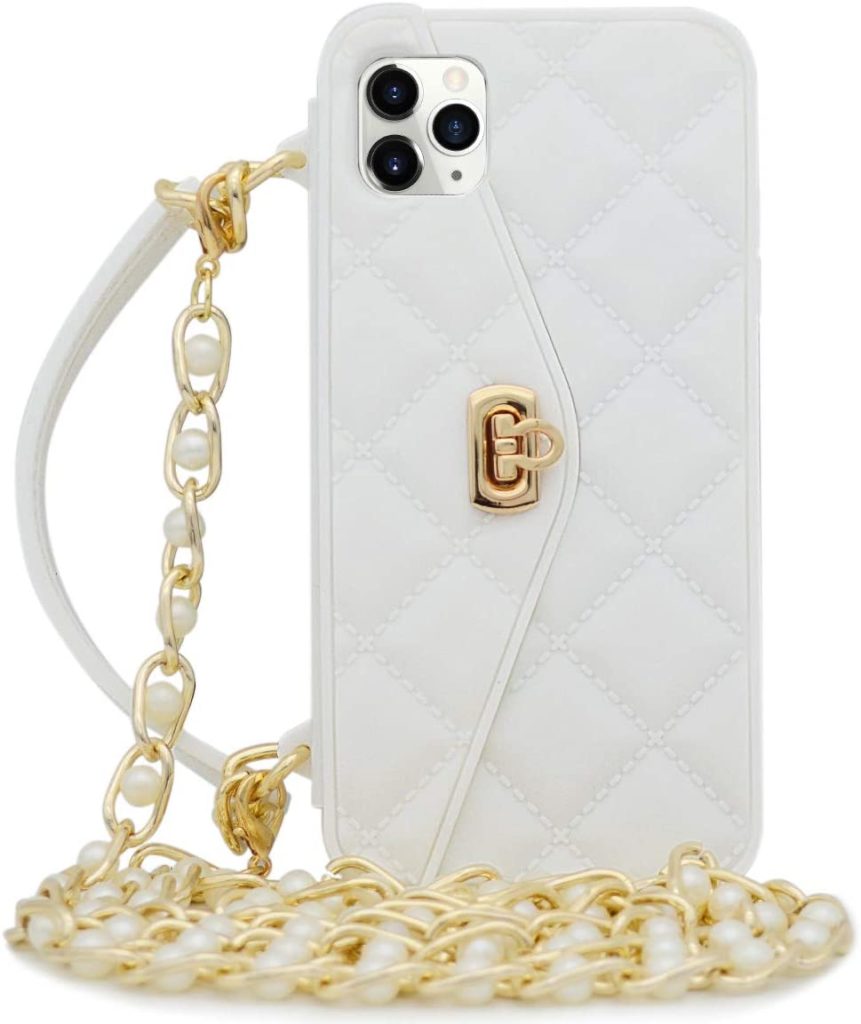Handbags from the classic ‘it bag’ to the limited-edition art piece, they are the most collectable accessory.
The following written content by Cath Pound
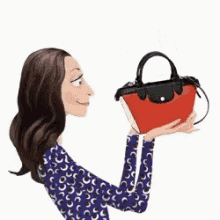
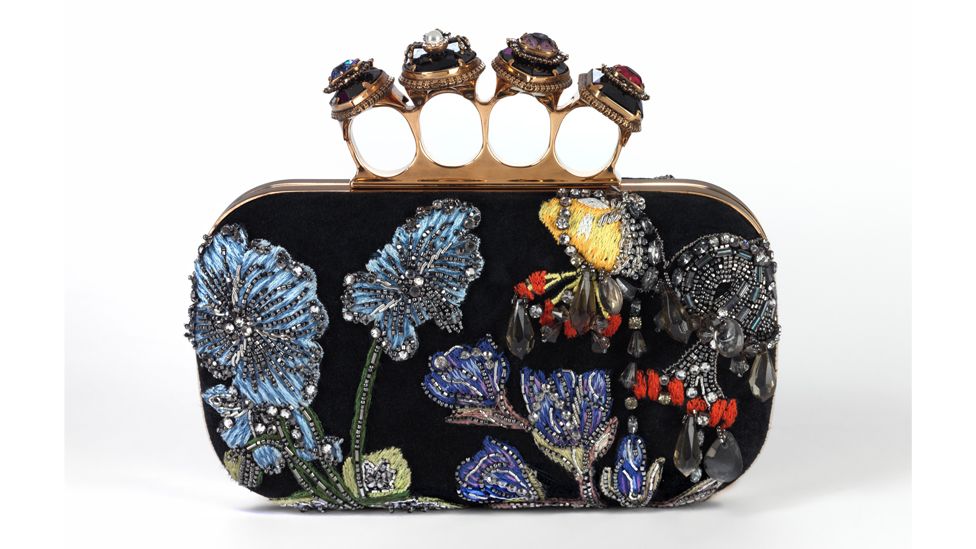
Bags are unique as fashion accessories. They are not required to enclose a part of the body, which has allowed freedom and inventiveness over the centuries, resulting in creations which are not mere fashion items, but works of art. This phenomenon has reached its logical conclusion in recent years, as brands collaborate with fine artists such as Tracey Emin and Marc Quinn to produce bags that would not look out of place in a gallery, which is indeed where they can be seen in the V&A’s new exhibition, Bags: Inside Out. But it is not only their aesthetic appeal that can be compared to art. Classic creations by brands like Hermès, Chanel and Dior are increasingly being appreciated for their investment potential.
Advertisement
“We don’t really wear bags, we carry them, so they have this degree of independence. They can be designed in very unusual ways, which is how they can easily become a dog, a frog or a little conker,” Lucia Savi, curator of the V&A’s exhibition, tells BBC Culture. “There is a surface which can be decorated or painted on. It’s almost like a blank canvas to work with.”
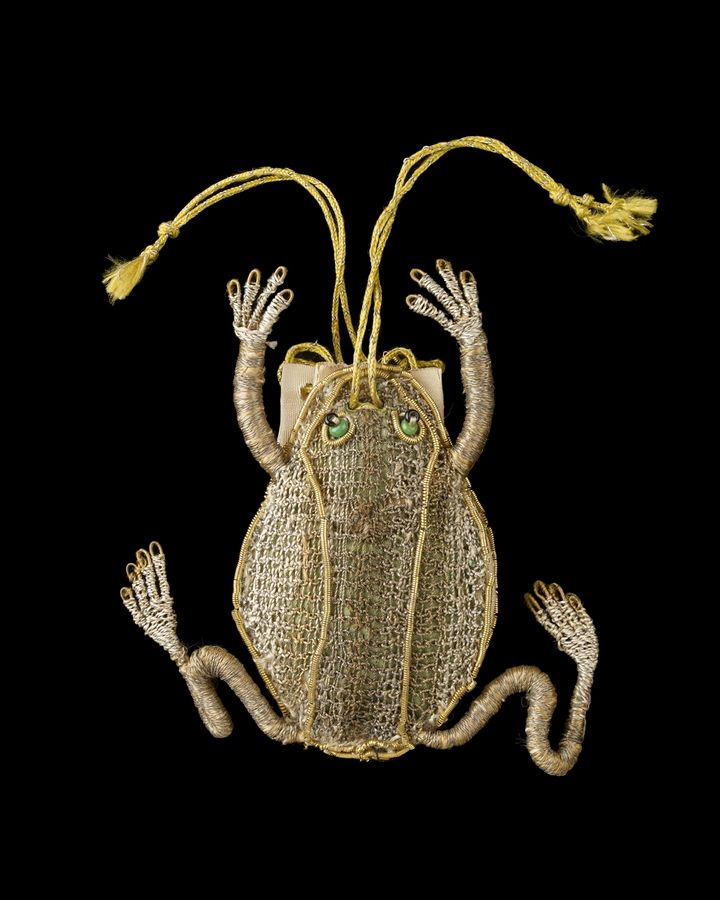
The frog purse from the 1600s is on display at the V&A’s Bags: Inside Out exhibition (Credit: Ashmolean Museum, University of Oxford)
In the 17th Century, small bags known as sweet purses were exquisitely crafted in unusual shapes such as frogs, while the fashionable technique of filigree was used to create elegant purses which were often exchanged as gifts between aristocrats. The ‘reticule’ – which emerged in the 19th Century and is considered the forerunner of the modern handbag – had a flat surface, so offered the perfect opportunity for artistic expression. “There is a surface to be decorated so women would decorate them with patterns and flowers,” says Savi.
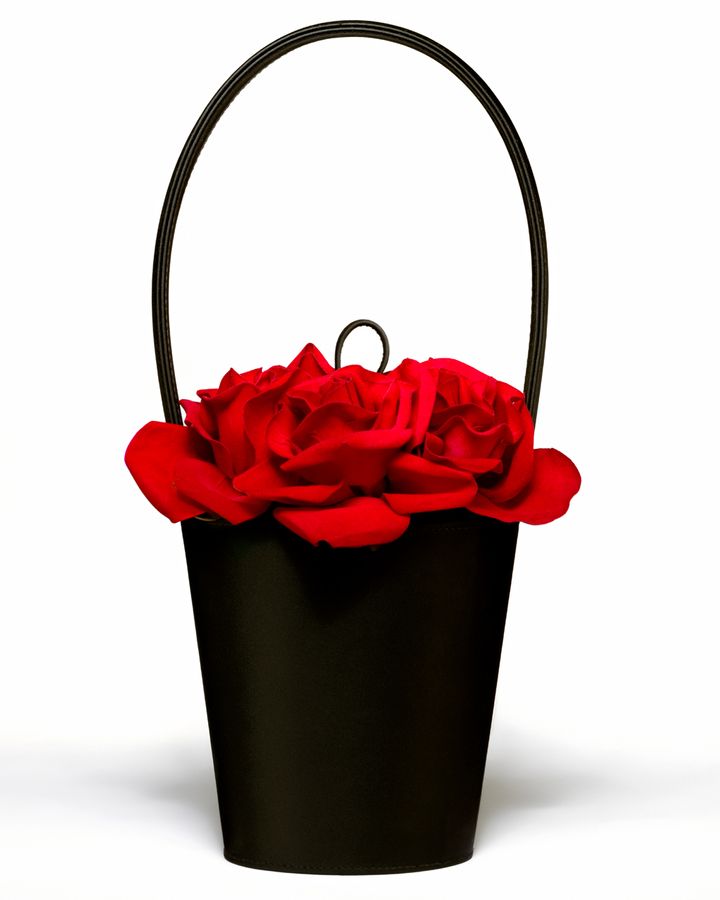
The 1996 Florist’s Basket handbag by Lulu Guinness echoes styles from past centuries (Credit: Victoria and Albert Museum, London)
The appeal of the bag’s creative potential to artists is evident as far back as the 1930s
The witty and innovative designs from the 19th Century, which included bags in the shape of flower baskets, scallop shells and pineapples, influenced the trend for the incongruous objects which appeared in bag design in the 1930s. Designers such as Anne-Marie of Paris created wonderfully eccentric bags in the shape of telephones, champagne coolers and even radios. Read more from BBC.

